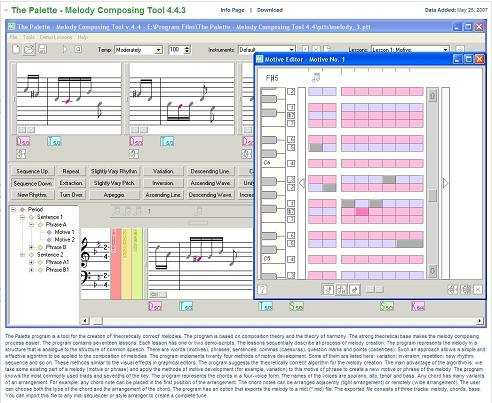“We shall now give a brief summary of the beginnings of the Glass Bead Game. It appears to have arisen simultaneously in Germany and in England. In both countries, moreover, it was originally a kind of exercise employed by those small groups of musicologists and musicians who worked and studied in the new seminaries of musical theory. If we compare the original state of the Game with its subsequent developments and its present form, it is much like comparing a musical score of the period before 1500, with its primitive notes and absence of bar lines, with an eighteenth-century score, let alone with one from the nineteenth with its confusing excess of symbols for dynamics, tempi, phrasing, and so on, which often made the printing of such scores a complex technical problem.
The Game was at first nothing more than a witty method for developing memory and ingenuity among students and musicians. And as we have said, it was played both in England and Germany before it was ‘invented’ here in the Musical Academy of Cologne, and was given the name it bears to this day, after so many generations, although it has long ceased to have anything to do with glass beads.
The inventor, Bastian Perrot of Calw, a rather eccentric but clever, sociable, and humane musicologist, used glass beads instead of letters, numerals, notes, or other graphic symbols. Perrot, who incidentally has also bequeathed to us a treatise on the Apogee and Decline of Counterpoint, found that the pupils at the Cologne Seminary had a rather elaborate game they used to play. One would call out, in the standardized abbreviations of their science, motifs or initial bars of classical compositions, whereupon the other had to respond with the continuation of the piece, or better still with a higher or lower voice, a contrasting theme, and so forth. It was an exercise in memory and improvisation quite similar to the sort of thing probably in vogue among ardent pupils of counterpoint in the days of Schütz, Pachelbel, and Bach — although it would then not have been done in theoretical formulas, but in practice on the cembalo, lute, or flute, or with the voice.
Bastian Perrot in all probability was a member of the Journeyers to the East. He was partial to handicrafts and had himself built several pianos and clavichords in the ancient style. Legend has it that he was adept at playing the violin in the old way, forgotten since 1800, with a high-arched bow and hand-regulated tension of the bow hairs. Given these interests, it was perhaps only natural that he should have constructed a frame, modeled on a child’s abacus, a frame with several dozen wires on which could be strung glass beads of various sizes, shapes, and colors. The wires corresponded to the lines of the musical staff, the beads to the time-values of the notes, and so on. In this way he could represent with beads musical quotations or invented themes, could alter, transpose, and develop them, change them and set them in counterpoint to one another. In technical terms this was a mere plaything, but the pupils liked it; it was imitated and became fashionable in England too. For a time the game of musical exercises was played in this charmingly primitive manner. And as is so often the case, an enduring and significant institution received its name from a passing and incidental circumstance. For what later evolved out of that students’ sport and Perrot’s bead-strung wires bears to this day the name by which it became popularly known, the Glass Bead Game.“
— Hermann Hesse
“For although in a certain sense and for light-minded persons non-existent things can be more easily and irresponsibly represented in words than existing things, for the serious and conscientious historian it is just the reverse. Nothing is harder, yet nothing is more necessary, than to speak of certain things whose existence is neither demonstrable nor probable. The very fact that serious and conscientious men treat them as existing things brings them a step closer to existence and to the possibility of being born.”
— “Albertus Secundus,” epigraph to The Glass Bead Game
From DownloadThat.com—
(Click to enlarge.)





